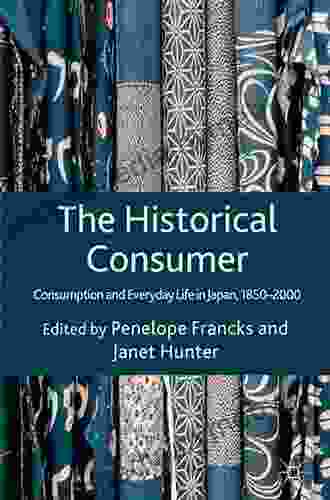Consuming Japan: A Historical Journey of Consumption and Everyday Life, 1850-2000

Japan's transformation from a feudal society to a modern industrial powerhouse has been a remarkable journey, marked by profound changes in consumption patterns and everyday life. This article explores the fascinating history of consumption and everyday life in Japan from 1850 to 2000, uncovering the profound impact of industrialization, urbanization, and globalization on Japanese society.
5 out of 5
| Language | : | English |
| Text-to-Speech | : | Enabled |
| Enhanced typesetting | : | Enabled |
| Word Wise | : | Enabled |
| File size | : | 7350 KB |
| Screen Reader | : | Supported |
| Print length | : | 487 pages |
The Dawn of Consumer Culture: 1850-1910
The opening of Japan to foreign trade in 1853 marked a watershed moment for Japanese consumption. Western goods, from textiles to machinery, flooded into the country, sparking a surge in demand for new products and services. This period saw the emergence of a nascent consumer culture, with department stores and shopping arcades becoming popular gathering places for the burgeoning middle class.
However, consumption was not solely driven by material desires. It also played a significant role in shaping social identities. The adoption of Western fashion, for example, became a way for Japanese people to express their modernity and cosmopolitanism.
Industrialization and Mass Consumption: 1910-1945
Japan's rapid industrialization in the early 20th century led to a dramatic increase in disposable income, fueling a surge in mass consumption. The development of mass production techniques made a wide range of goods, from bicycles to radios, affordable to the average Japanese household.
This period also witnessed the rise of advertising and branding, which played a key role in stimulating demand for new products. Companies such as Shiseido and Mitsubishi invested heavily in advertising campaigns, creating a pervasive consumer culture that reached into every corner of society.
Wartime and Postwar Consumption: 1945-1970
The outbreak of World War II brought about a sharp decline in consumption, as resources were diverted to the war effort. However, the postwar period saw a remarkable resurgence of consumerism, driven by a government policy of stimulating economic growth through increased spending.
The 1960s and 1970s were a golden age for Japanese consumption, as the country experienced an economic boom that brought high levels of affluence to the average Japanese household. This period saw the emergence of new consumption trends, such as the popularity of American fast food and the rise of leisure activities like travel and entertainment.
Globalization and the Digital Age: 1970-2000
Japan's entry into the global economy in the 1970s had a profound impact on consumption patterns. The influx of foreign goods and services, combined with the rise of international travel, exposed Japanese consumers to a wider range of products and lifestyles.
The advent of the digital age in the 1990s further accelerated the pace of consumption, as e-commerce and mobile technology made it easier than ever for consumers to access goods and services. This period also saw the emergence of new forms of consumption, such as online gaming and social media.
The transformation of consumption and everyday life in Japan from 1850 to 2000 has been a captivating journey, shaped by the interplay of industrialization, urbanization, and globalization. From the early days of consumer culture to the digital age, consumption has played a central role in shaping Japanese society and continues to be a defining feature of everyday life.
This article has provided a glimpse into this fascinating history, revealing the profound impact that consumption has had on Japanese society over the past 150 years. By understanding the evolution of consumption and everyday life, we gain a deeper appreciation for the complex and dynamic nature of modern Japan.
5 out of 5
| Language | : | English |
| Text-to-Speech | : | Enabled |
| Enhanced typesetting | : | Enabled |
| Word Wise | : | Enabled |
| File size | : | 7350 KB |
| Screen Reader | : | Supported |
| Print length | : | 487 pages |
Do you want to contribute by writing guest posts on this blog?
Please contact us and send us a resume of previous articles that you have written.
 Book
Book Novel
Novel Page
Page Chapter
Chapter Text
Text Story
Story Genre
Genre Reader
Reader Library
Library Paperback
Paperback E-book
E-book Magazine
Magazine Newspaper
Newspaper Paragraph
Paragraph Sentence
Sentence Bookmark
Bookmark Shelf
Shelf Glossary
Glossary Bibliography
Bibliography Foreword
Foreword Preface
Preface Synopsis
Synopsis Annotation
Annotation Footnote
Footnote Manuscript
Manuscript Scroll
Scroll Codex
Codex Tome
Tome Bestseller
Bestseller Classics
Classics Library card
Library card Narrative
Narrative Biography
Biography Autobiography
Autobiography Memoir
Memoir Reference
Reference Encyclopedia
Encyclopedia Adam Coffey
Adam Coffey Seth Tibbott
Seth Tibbott Abdul El Sayed
Abdul El Sayed Miles Mckenna
Miles Mckenna Adam Blade
Adam Blade Aarron Davis
Aarron Davis Adam Fletcher
Adam Fletcher H Perry Horton
H Perry Horton Aaron Bobrow Strain
Aaron Bobrow Strain Aaron Sautter
Aaron Sautter William Friar
William Friar Abby Goodnough
Abby Goodnough Simon Gawesworth
Simon Gawesworth Aaron James
Aaron James Jane E Drichta
Jane E Drichta Anthony R Palumbi
Anthony R Palumbi Annie Thoms
Annie Thoms David Housewright
David Housewright Charles Massy
Charles Massy Amy Minato
Amy Minato
Light bulbAdvertise smarter! Our strategic ad space ensures maximum exposure. Reserve your spot today!

 George MartinEmbers of Hope and Resilience: An Ember in the Ashes, A Captivating Literary...
George MartinEmbers of Hope and Resilience: An Ember in the Ashes, A Captivating Literary...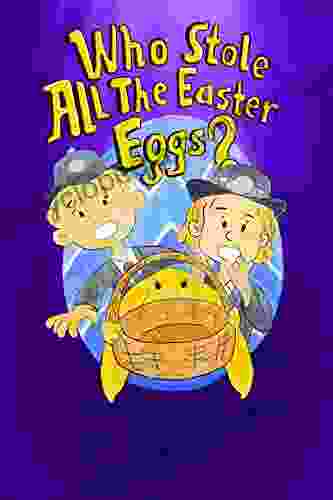
 Jackson HayesThe Great Easter Egg Heist: Solve the Mystery with "Who Stole All the Easter...
Jackson HayesThe Great Easter Egg Heist: Solve the Mystery with "Who Stole All the Easter...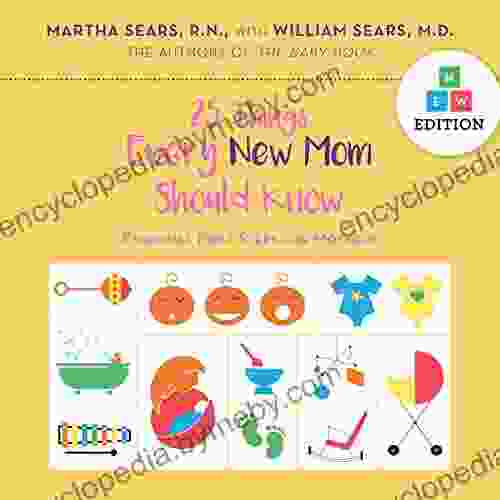
 Steve CarterEssential First Steps for Mothers: Your Comprehensive Guide to Nurturing Your...
Steve CarterEssential First Steps for Mothers: Your Comprehensive Guide to Nurturing Your...
 Theodore MitchellAlcohols, Phenols, and Ethers Quick Review Notes: Your Essential Study Guide
Theodore MitchellAlcohols, Phenols, and Ethers Quick Review Notes: Your Essential Study Guide Denzel HayesFollow ·12.6k
Denzel HayesFollow ·12.6k Spencer PowellFollow ·8.5k
Spencer PowellFollow ·8.5k Brayden ReedFollow ·17.8k
Brayden ReedFollow ·17.8k Richard AdamsFollow ·19.7k
Richard AdamsFollow ·19.7k Henry David ThoreauFollow ·4.1k
Henry David ThoreauFollow ·4.1k Dwayne MitchellFollow ·5.5k
Dwayne MitchellFollow ·5.5k Ethan GrayFollow ·12.1k
Ethan GrayFollow ·12.1k Edgar Allan PoeFollow ·15.1k
Edgar Allan PoeFollow ·15.1k
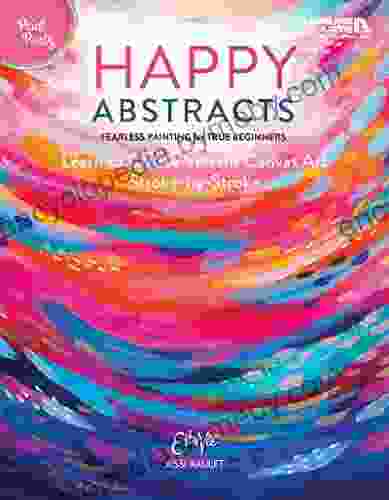
 Timothy Ward
Timothy WardFearless Painting for True Beginners: Learn to Create...
Unlock the Joy of...

 Fernando Pessoa
Fernando PessoaProven 12-Step Program for Financial Peace of Mind:...
Are you struggling with...

 Chinua Achebe
Chinua AchebeLayers Colors Desire: Layers Colors Thoughts Mystery
A Literary Labyrinth...
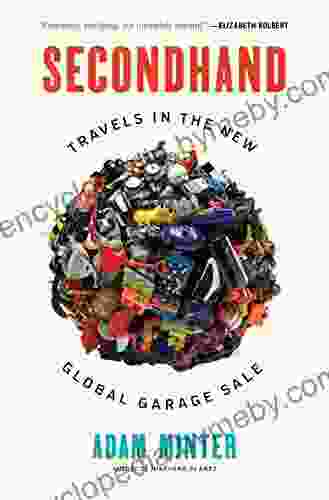
 Fernando Bell
Fernando BellUnearth Hidden Treasures: Journey Through "Secondhand...
Prepare to embark on an extraordinary...

 Caleb Carter
Caleb CarterSymbolic Messages Garage Sale Mysteries: Unveiling the...
Welcome to the extraordinary world of the...

 Nikolai Gogol
Nikolai GogolTravels in the Billion Dollar Trash Trade: Uncovering the...
Ỡ In his...
5 out of 5
| Language | : | English |
| Text-to-Speech | : | Enabled |
| Enhanced typesetting | : | Enabled |
| Word Wise | : | Enabled |
| File size | : | 7350 KB |
| Screen Reader | : | Supported |
| Print length | : | 487 pages |


